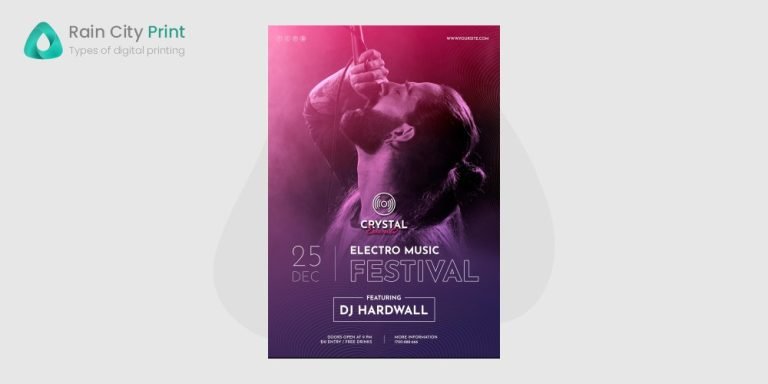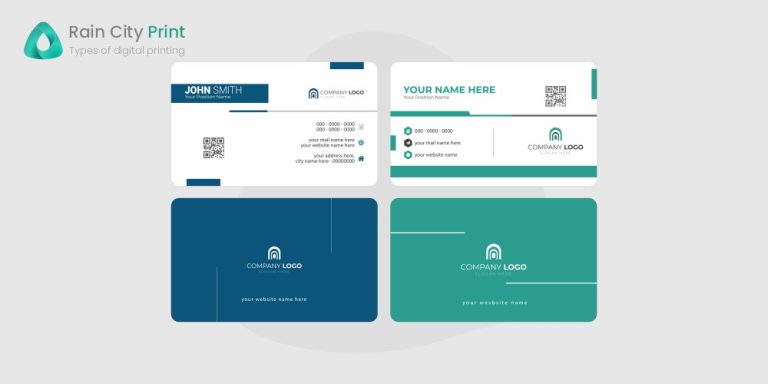Creating attraction in advertising involves a blend of creativity, psychology, and strategic messaging to captivate audiences, draw their attention, and compel them to take action. It’s a nuanced art that aims not just to inform but to engage, evoke emotions, and establish a lasting connection with consumers. Here’s an in-depth exploration of the strategies and techniques used in creating attraction within advertising.
1. Understanding Consumer Psychology
Understanding human behavior is fundamental to creating attraction in advertising. The study of consumer psychology delves into motivations, emotions, and decision-making processes. Using insights from psychology, advertisers craft messages that resonate with consumers’ desires, fears, aspirations, and needs.
2. Compelling Visuals and Design
Visual elements play a crucial role in attracting attention. Bold, eye-catching designs, high-quality imagery, and aesthetically pleasing layouts can instantly grab viewers’ attention. The use of color psychology, typography, and graphics helps convey brand identity and evoke emotions that resonate with the target audience.
3. Storytelling and Emotional Appeal
Stories have an innate ability to captivate audiences. Effective advertising often weaves narratives that evoke emotions, whether it’s humor, nostalgia, empathy, or inspiration. Emotional resonance can create a lasting impact, fostering a connection between the consumer and the brand.
4. Unique Selling Proposition (USP)
Highlighting a product or service’s unique benefits or features sets it apart from competitors. Clearly communicating the USP helps in creating attraction by showcasing what makes the offering valuable and indispensable to the consumer.
5. Call-to-Action (CTA)
A compelling CTA prompts immediate action from the audience. Whether it’s “Shop Now,” “Subscribe,” or “Learn More,” a clear and persuasive CTA encourages engagement and guides consumers toward the desired action.
6. Personalization and Targeting
Tailoring advertisements to specific demographics, preferences, and behaviors enhances relevance. Personalized messages resonate more strongly with consumers, making them feel understood and valued.
7. Innovation and Creativity
Standing out in a crowded advertising landscape requires innovation and creativity. Advertisers often push boundaries, employing unique concepts, formats, or technologies to create memorable and attention-grabbing campaigns.
8. Social Proof and Testimonials
Leveraging social proof through customer testimonials, reviews, endorsements, or user-generated content establishes credibility. Positive feedback from satisfied customers can influence potential buyers and create attraction by building trust.
9. Consistency and Branding
Consistent branding across all touchpoints reinforces recognition and trust. A cohesive brand identity in advertising, including logos, colors, and messaging, fosters familiarity and strengthens the brand-consumer relationship.
10. Interactive and Engaging Content
Interactive elements like quizzes, polls, AR experiences, or gamification techniques in advertising engage audiences actively. These interactive formats encourage participation, increase dwell time, and create memorable experiences.
11. Surprise and Delight
Unexpected elements or surprises in advertising campaigns can leave a lasting impression. Surprise elements, when used effectively, capture attention and stimulate curiosity.
12. Value Proposition and Benefits
Clearly articulating the value proposition and benefits of a product or service is crucial. Advertising that communicates how it solves problems or enhances consumers’ lives creates attraction by addressing their needs.
13. Adapting to Trends and Platforms
Staying abreast of emerging trends and adapting advertising strategies to various platforms (social media, video streaming, podcasts, etc.) ensures relevance and maximizes reach.
14. Testing and Optimization
Continuously testing different elements of advertisements (copy, visuals, targeting) and optimizing based on performance metrics ensures ongoing improvement and effectiveness.
15. Ethical and Authentic Messaging
Authenticity resonates with modern consumers. Honest, transparent, and ethical advertising builds trust and creates attraction by aligning with consumers’ values and beliefs.
Creating attraction in advertising is an intricate blend of art and science. By employing a combination of psychological insights, compelling storytelling, innovative design, personalized messaging, and ethical practices, advertisers can craft campaigns that not only attract attention but also forge meaningful connections and drive desired actions from their audiences.









